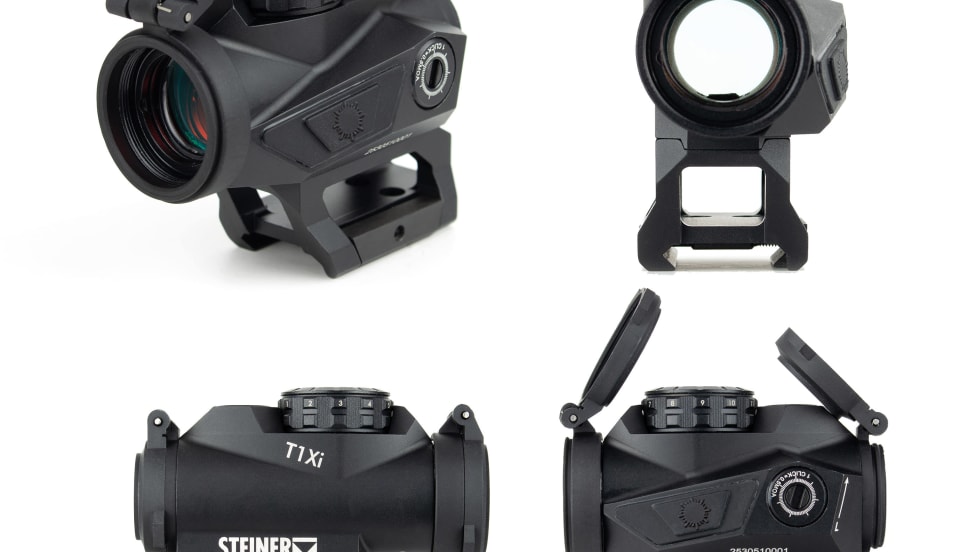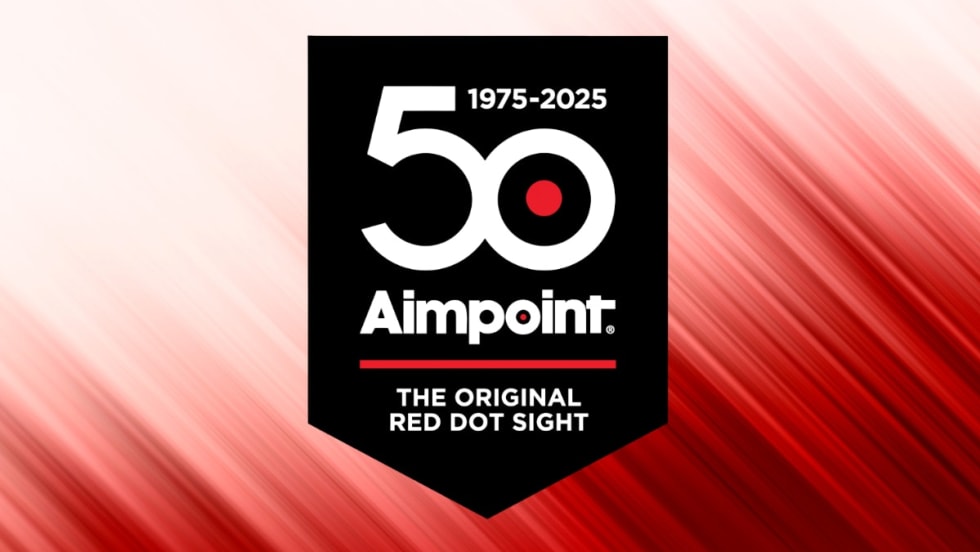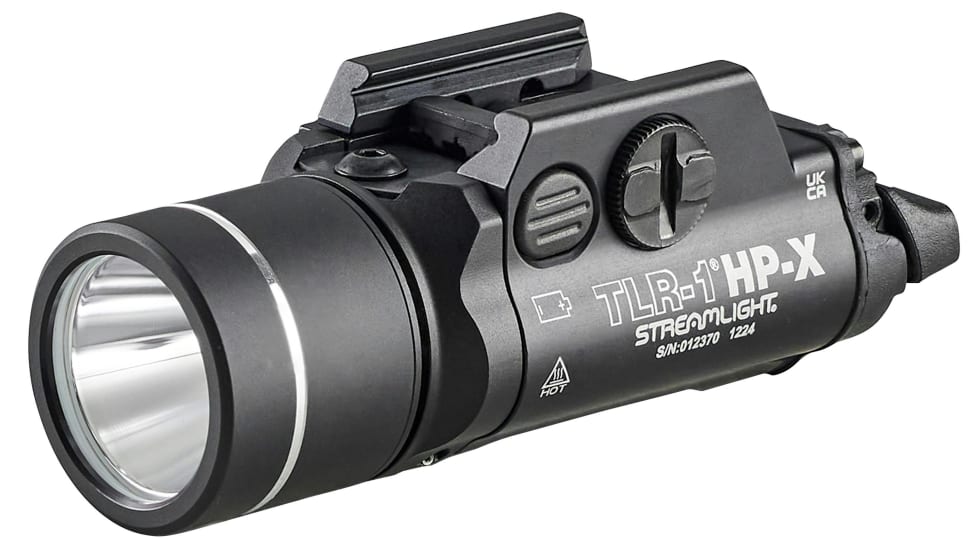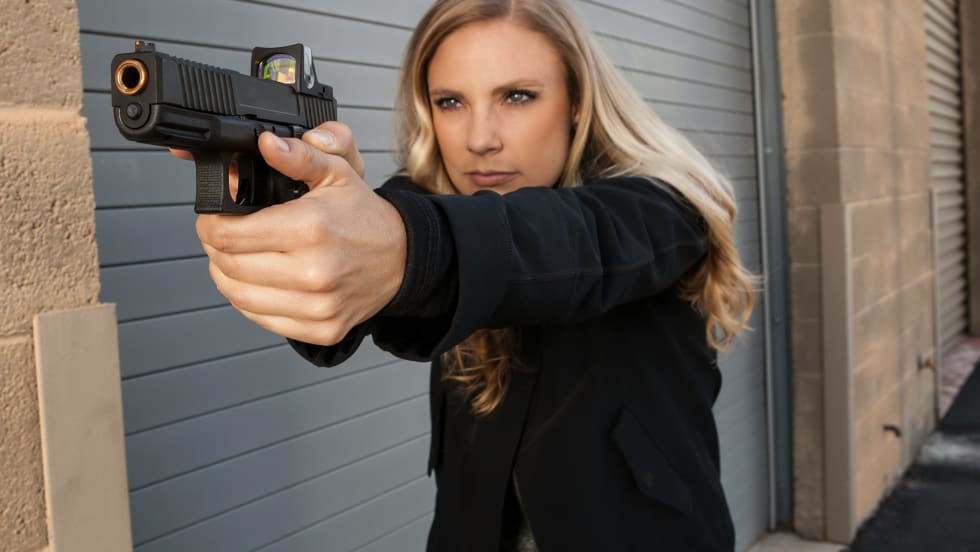Staff at Safariland recognized that law enforcement could also benefit from such a system, and came up with the Quick Locking System (QLS). According to the company, the QLS "is designed for a duty officer to be able to slide the QLS fork onto the duty belt. The duty plate is designed specifically for the Universal Belt Loop (UBL) and will satisfy a Level I Retention pull test."
Safariland's MLS is more suited to the military, says Tom Campbell, national technical specialist for Safariland and Bianchi Duty Gear. "Because it was made to meet military requirements, the MLS system must break away when it meets a certain amount of resistance to prevent military personnel from becoming entangled if the system catches on something."
But gun grabs are generally more of a concern for law enforcement than becoming tangled. "The QLS is what I usually recommend for law enforcement because it's more secure," says Campbell.
Because of the fork and duty plate used to attach items with the QLS, it's easy for an officer to remove a holster with the weapon still inside, which can be useful in many duty situations. For example, many agencies can't afford TASERs for their entire department. With the QLS, the TASER in its holster can be attached to an officer's belt loop at the beginning of her shift, and then she can remove and hand over the entire unit to the officer starting the next shift. It allows officers to easily share.
A similar principle can facilitate transferring custody of arrestees at jails and holding facilities. An officer can leave his duty weapon in his holster and easily remove both from his belt to be secured until he is ready to leave and reclaim them. "This avoids problems of safety. If the weapon never leaves the holster, it's safer," says Campbell.











